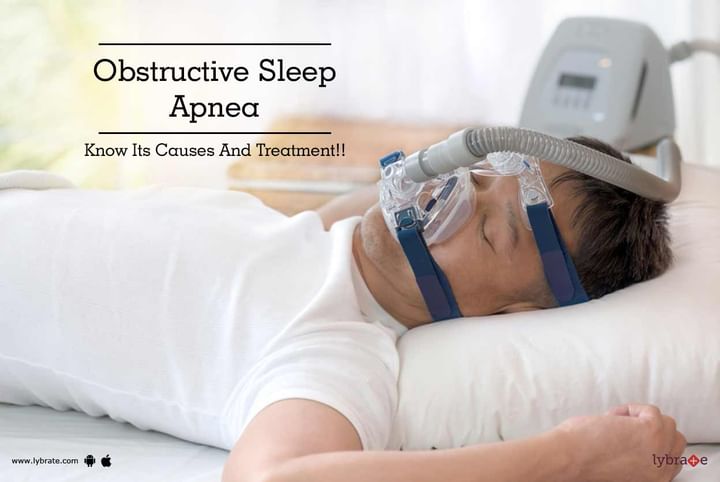Obstructive Sleep Apnea - Know Its Causes And Treatment!!
What Is Obstructive Sleep Apnea?
Obstructive sleep apnea (OSA) is a medical condition in which the patient's breathing is obstructed for brief periods of time. Normally, air flows into the lungs at all times. But for a person suffering from OSA condition, the breathing pattern is hampered and the flow of the air is restricted. The flow of air stops because the airway space may be very narrow. Snoring is the biggest symptom of obstructive sleep apnea.
Symptoms-
All the symptoms that you might be experiencing due to lack of sleep will be experienced through OSA. They are periods where there is a decreased oxygen supply to the brain and as a result, you will be experiencing a disturbed sleep throughout the night. Some of the other symptoms can include headaches, forgetfulness, and drowsiness. Depression, hyperactivity and swelling in legs and daytime drowsiness are other common symptoms that can be associated with it.
Causes-
OSA is common in people who are overweight and people who suffer from obesity. There are 3 major types of sleep apnea.
- Obstructive sleep apnea: This is the most common type where the airway becomes narrowed or blocked.
- Central sleep apnea: There is no blockage involved, but the brain does not give out any signal to breath.
- Mixed sleep apnea: This is a combination of both - obstructive and central sleep apnea.
The other factors that can cause OSA can include children with large tonsils, large tongue, and certain heart diseases.
Diagnosis-
A diagnosis of sleep apnea begins with a complete history and physical examination. Your snoring patterns are analyzed and how rested your body is being taken into account. The doctor will also examine your head and neck to identify any physical factors that may be associated with sleep apnea. Mostly you might be asked to take a test at one of the sleep centers to identify your sleep patterns. The results would be analyzed for better identification of the treatment.
Treatment-
Positive Airways Pressure Therapy, or PAP therapy, can prevent or reduce the serious health consequences of OSA. PAP therapy helps people with all levels of OSA, from mild to severe. It is most common therapy for OSA.
There are different forms of PAP therapy. All forms of PAP help keeping the airway open during the night. These devices provide a stream of air through a mask you wear while you sleep. The airstream prevents your airway from closing, so you don't stop breathing and wake up during the night.
The mask must fit and make a seal in order to keep throat open. A good mask seal will prevent air leaks and maintain the right level of air pressure. The amount of air pressure needed is different for each person.
PAP is usually the first form of treatment for OSA. There are other treatments for OSA. You can talk to your health care provider about which treatment is right for you.
If you are overweight, weight loss can help improve or eliminate your OSA. Oral appliances will use to treat mild to moderate OSA. They fit over the teeth and are worn during sleep. People with OSA may have surgery to reduce the tissue in their throats or to help them lose weight. Lifetyle of behavioral changes, such as quitting smoking or not drinking alcohol, can also help treat OSA. If you wish to discuss about any specific problem, you can consult a Pulmonologist.



+1.svg)
